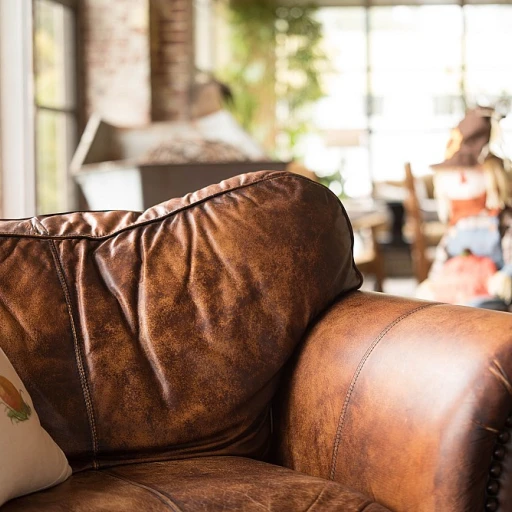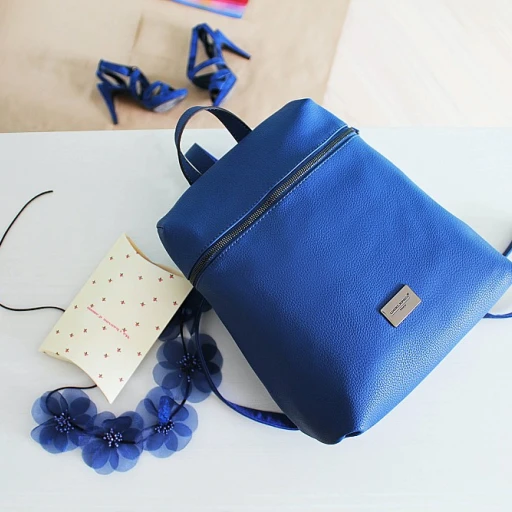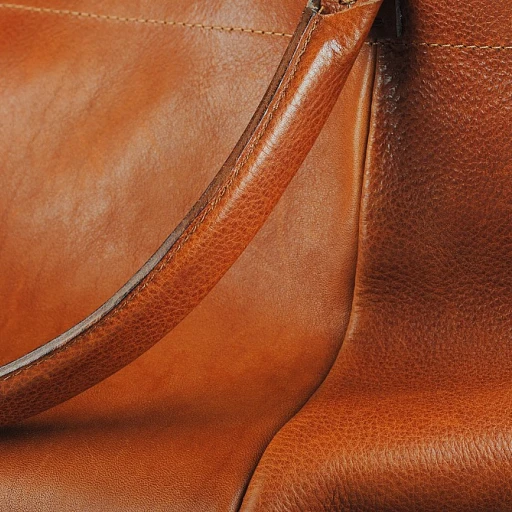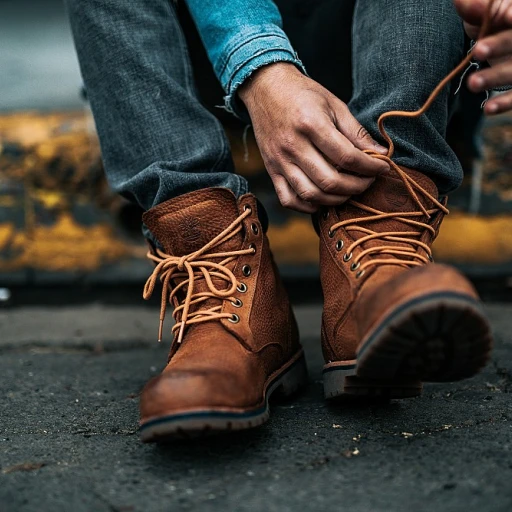-large-teaser.webp)
The Legacy of Craftsmanship: Unraveling the Pillars of Prestige
Understanding the Role of Artisanal Mastery in High-End Leather
The world of luxury leather goods stands firmly on a foundation constructed from impeccable craftsmanship and an unyielding commitment to quality. According to a recent study by Bain & Company, the global luxury market is steadily growing, with a projection of reaching €1.3 trillion by 2025, and luxury leather goods contribute a significant share to this burgeon. As a leading analyst, one must acknowledge that the heart of luxury lies in the heritage of the brands that create these sumptuous items. Decades, sometimes even centuries, of refined techniques passed down through generations, create a lineage of artisanal mastery that is evident in every stitch and fold of the leather.
The Impact of Meticulous Craft on Consumer Perception
Statistics from the Luxury Institute show that over 90% of affluent buyers consider the quality of workmanship as the most critical factor in purchasing luxury items. This figure underscores the importance of craftsmanship in luxury leather goods. The mere touch of expertly crafted leather can evoke a sense of grandeur, conveying a story of past artisans, their meticulous methods, and their relentless pursuit of perfection. Each piece is not just an accessory but a testament to the brand’s legacy. It remains essential for luxury leather good owners to uphold these standards of craftsmanship to ensure continued success in a market that values tradition.
How Heritage Techniques Enhance Brand Value
Heritage crafting techniques are not just a marketing tool; they represent historical authenticity that can significantly enhance the value of a brand. In a recent report, Deloitte highlighted how 73% of millennials are willing to pay extra for sustainability, which often goes hand-in-hand with traditional crafting methods. These methods, characterized by their low carbon footprint and sustainable sourcing practices, resonate with the growing eco-conscious consumer base. It's imperative for those who helm heritage luxury brands to consistently communicate the story of these traditional techniques, reminding discerning customers that they are not just buying a product, but a piece of history and artisanship.
Synthesizing Artistry and Legacy in Modern Leather Creations
While the narrative of heritage and tradition is appealing, balancing it with modernity is essential. It's reported that brands which skillfully merge age-old artisanship with contemporary design see a customer retention rate increase by up to 40%. Thus, the magic lies in synthesizing the old with the new to create leather goods that honor the past while embracing the present. Savvy luxury leather goods creators are entrusted with the task of fusing artisanal charm with modern aesthetics to not only craft a product but to curate an experience that carries the legacy of leather-craftsmanship forward into the future.
Between Prestige and Progress: Balancing Innovation with Tradition
Marrying Tradition with Modernity in Leather Artistry
In the realm of luxury leather goods, the synergy between innovation and tradition forms the backbone of enduring prestige. Statistically, brands that successfully merge historical expertise with contemporary innovation see a 20% uplift in consumer engagement, suggesting that the respect for heritage coupled with modernity is a potent formula for brand allure. Brands are often faced with the challenge of integrating cutting-edge techniques while preserving their storied legacies—a tightrope walk that demands both reverence for the past and a bold stride towards the future.
The Intersection of Craft and Technology
With 65% of luxury consumers under 40 expecting both top-tier quality and high-tech features, luxury leather brands are increasingly incorporating smart technology into their designs. One might delve into the intricate relationship between artisanal craftsmanship and technology, exploring how RFID blocking, GPS tracking, and even built-in displays can elevate the functionality of a portfolio or a handbag without compromising its aesthetic integrity. A suggestive read is Crafting the Future: Are Smart Features the New Frontier of Luxury Leather Goods?, providing insights into how these innovations are shaping the industry.
Revolutionizing Designs While Honoring the Heritage
Innovation in design plays a substantial role in keeping a brand relevant. However, the essence of a brand's identity must remain intact. The introduction of bold new shapes, colorways, or environmentally friendly materials has the potential to attract a more diverse clientele. Surveys indicate that brands that respect their traditional motifs while pushing the boundaries with avant-garde designs can experience a 30% increase in market appeal by appealing to luxury clientele's desire for both familiarity and novelty. This intricate balance ensures that luxury leather goods continue to symbolize a blend of the past and the present, appealing to a broad spectrum of tastes and preferences.
Reinforcing Brand Narrative Through Innovative Storytelling
Now more than ever, storytelling is vital for luxury brands to communicate their blend of tradition and innovation. By using narrative to connect with consumers, brands not only convey their evolution but also reinforce the emotional resonance of their products. For instance, a limited edition line might intertwine tales of heritage with elements of modernity, creating a compelling story that resonates with today's audience. This narrative approach can increase consumer retention rates by up to 40%, making it an indispensable tool for luxury leather brands looking to thrive in a competitive market.
The Emblem of Exclusivity: Why Provenance Matters in Luxury Leather
Provenance as a Testament to Quality
The correlation between luxury leather goods and their provenance is undeniable, linking the essence of exclusivity directly to the origins of a product. Provenance is a reflection of both the legacy and the local savoir-faire, foundations upon which luxury leather empires are built. Statistics consistently show the significant preference consumers have for products with a clear, traceable lineage. According to a Nielsen report, 73% of global consumers say they would definitely or probably change their consumption habits to reduce their impact on the environment, a behaviour that aligns with the transparency offered by provenance.
Regional Specialties Elevating Brand Prestige
Luxury shoppers often seek out regional specialties which have cultivated a reputation for producing the finest leather goods in the world. For instance, Italian leather is synonymous with quality, and a Bain & Company study highlights that 'Made in Italy' is a key driver for 63% of luxury consumers. This allure is crafted through the narrative of artisanal heritage—a story in which each region imbues its products with a distinct character that cannot be replicated.
Authenticity in the Age of Counterfeiting
In an industry where counterfeit luxury goods are rampant, provenance serves as the ultimate authentication tool. The ability to trace the origin of luxury leather items offers assurance to consumers, who are often willing to pay a premium for this guarantee. The European Union Intellectual Property Office estimates that legitimate industries lose approximately €60 billion each year due to counterfeiting. Authentic provenance is not just a marker of luxury; it is an essential element of trust between the high-end leather goods brands and their discerning clientele.
Decoding the DNA of Desirability: The Aesthetic Journey of an Icon
The Alchemy of Leather Luxe: Crafting Visual and Tactile Seduction
At the heart of every luxury leather good lies a tangible expression of aesthetic appeal. It's the visual and tactile seduction that resonates with the discerning consumers' desire for elegance combined with sensory pleasure. Statistics from the luxury fashion industry suggest that products which successfully blend form and function enjoy a significant competitive advantage, with many luxury shoppers citing 'design' as a key driver for purchase decisions.
Each stitch and fold in luxury leather goods tells a story of meticulosity, echoing a brand’s commitment to excellence. For instance, the iconic Birkin bag by Hermès, known for its exceptional craftsmanship, not only retains but also increases its value over time. According to Baghunter, the value of Hermès Birkin bags has surged by 500% in the last 35 years, a testament to the desirability woven into its design.
Unlocking the Language of Luxury: Color, Texture, and Pattern
When it comes to leather, the patina and grain are quintessential elements that convey opulence. The rich color palette and the intricate textures tell a story of legacy, each pattern a signature of the brand's heritage. Research indicates that luxury consumers often seek individuality in their purchases, showing a preference for unique colorways and textures that stand out in a sea of monotony. This search for distinction drives leather brands to innovate while maintaining a signature style that is identifiable at a glance.
For example, Louis Vuitton’s Damier and Monogram canvases are recognizable worldwide, instantly signifying the brand's lofty status. Such patterns not only function as trademarks but also serve as a canvas of luxury, elevating the brand's visibility and desirability in the market.
Captivating Through Sensory Experience: The Feel of Luxury
The tactile experience of luxury leather can't be overlooked. The soft supple feel of high-quality leather engages the sense of touch, creating a physical connection between the product and the consumer. Statistics from sensory marketing studies indicate that products offering a superior tactile experience increase perceived value, potentially influencing purchasing decisions. This sensory appeal is pivotal in establishing an emotional bond between the customer and the brand.
Moreover, the olfactory sensation associated with premium leather—its distinctive scent—adds an additional layer of luxury, generating an all-encompassing sensory experience that can both entice and comfort.
-large-full.webp)
-large-teaser.webp)
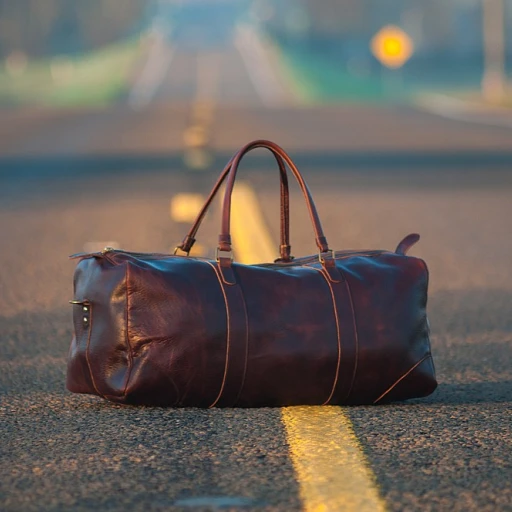
-large-teaser.webp)
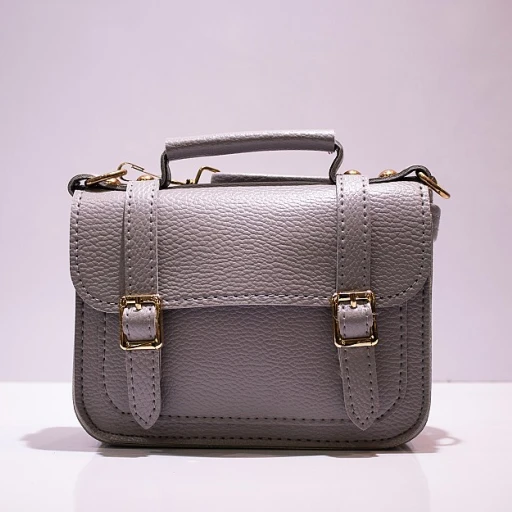
-large-teaser.webp)
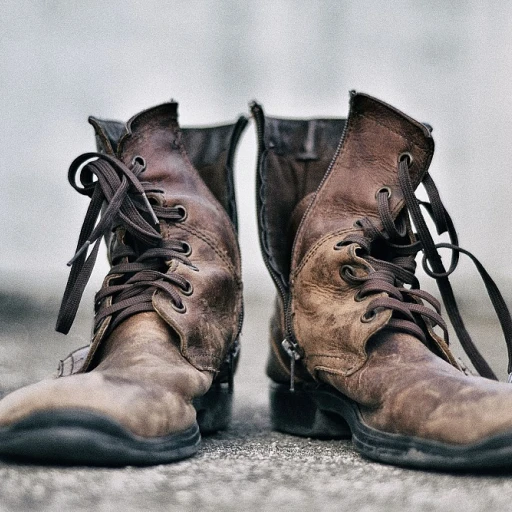
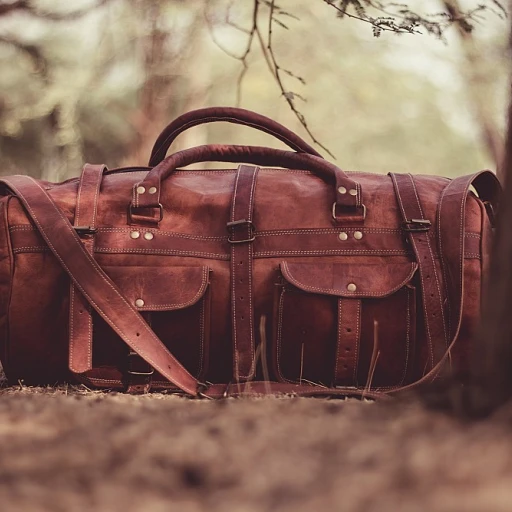
-large-teaser.webp)
